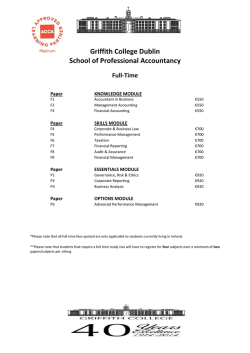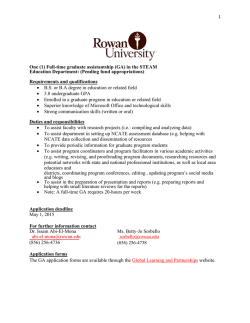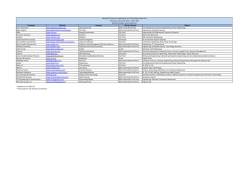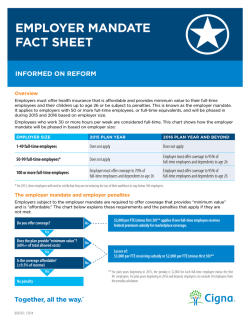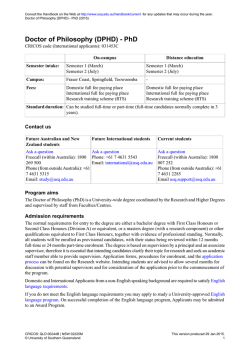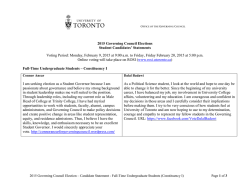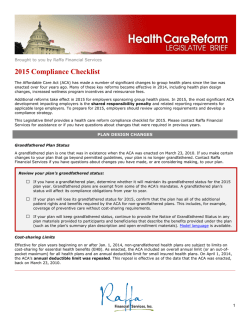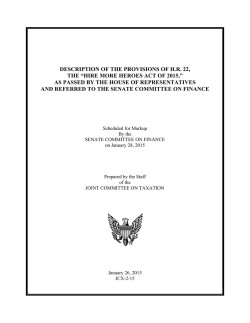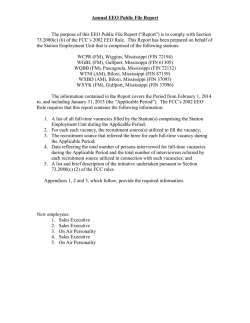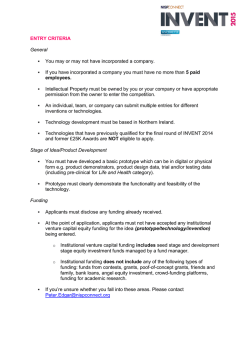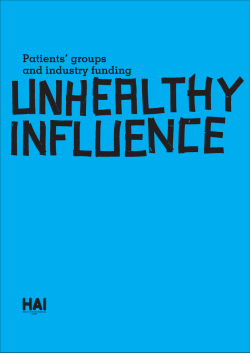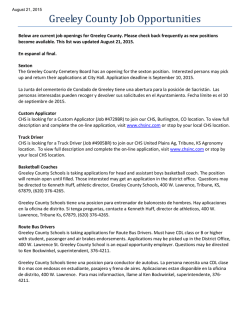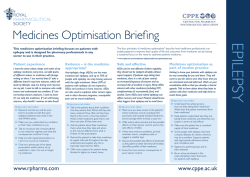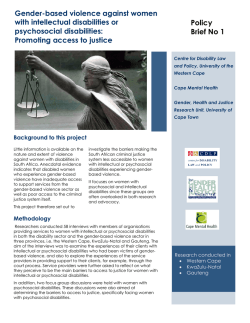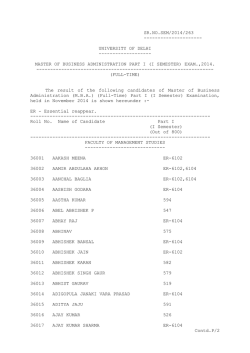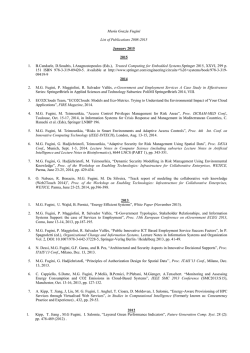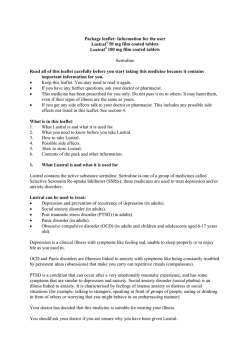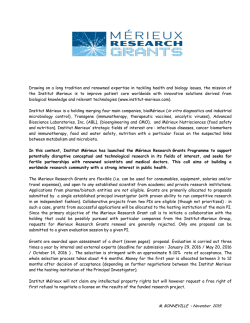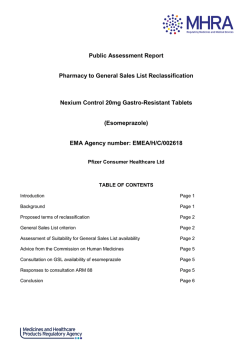
Report on financial and administrative implications for the
EXECUTIVE BOARD 136th session Agenda item 10.5 EB136/CONF./7 Add.1 30 January 2015 Report on financial and administrative implications for the Secretariat of decisions proposed for adoption by the Executive Board or Health Assembly 1. Decision: Global strategy and plan of action on public health, innovation and intellectual property 2. Linkage to the Programme budget 2014–2015 (see document A66/7 http://apps.who.int/gb/ebwha/pdf_files/WHA66/A66_7-en.pdf) Category: 4. Health systems Programme area(s): Access to medicines and health technologies and strengthening regulatory capacity Outcome: 4.3. Improved access to and rational use of safe, efficacious and quality medicines and health technologies Output: 4.3.2. Implementation of the global strategy and plan of action on public health, innovation and intellectual property How would this decision contribute to the achievement of the outcome(s) of the above programme area(s)? The global strategy and plan of action on public health, innovation and intellectual property aims to increase research and development needed for products for diseases that disproportionally affect developing countries, where access to needed medical technologies is hindered by market failures. By extending the time frame of the global strategy and plan of action, WHO will be able to keep its momentum and continue to advocate the implementation of policies and activities that increase availability of the most needed products. The results of the evaluation exercise will help the Health Assembly to determine new policies to improve the current strategy and ensure the effectiveness of WHO’s actions. Does the Programme budget already include the outputs and deliverables requested in this decision? (Yes/no) Yes. 3. Estimated cost and staffing implications in relation to the Programme budget (a) Total cost Indicate (i) the lifespan of the decision during which the Secretariat’s activities would be required for implementation and (ii) the cost of those activities (estimated to the nearest US$ 10 000). (i) The global strategy and plan of action will be extended by seven years, covering the period from 2015 to 2022; the evaluation of the global strategy and plan of action will be for two years, covering the period from 2015 to 2017. (ii) Extension of the global strategy and plan of action: US$ 100 million (staff: US$ 60 million; activities: US$ 40 million). Evaluation of the global strategy and plan of action: US$ 670 000 (staff: US$ 70 000; activities: US$ 600 000). Total: US$ 100.67 million. EB136/CONF./7 Add.1 (b) Cost for the biennium 2014–2015 Indicate how much of the cost indicated in 3(a) is for the biennium 2014–2015 (estimated to the nearest US$ 10 000). Extension of the global strategy and plan of action: US$ 7.0 million (staff: US$ 4.2 million; activities: US$ 2.8 million). Evaluation of the global strategy and plan of action: US$ 400 000 (staff: US$ 30 000; activities: US$ 370 000). Total: US$ 7.4 million. Indicate at which levels of the Organization the costs would be incurred, identifying specific regions where relevant. The majority of the activities will take place at headquarters and in the regional offices. Is the estimated cost fully included within the approved Programme budget 2014–2015? (Yes/no) Yes. If “no”, indicate how much is not included. (c) Staffing implications Could the decision be implemented by existing staff? (Yes/no) No. If “no”, indicate how many additional staff – full-time equivalents – would be required, identifying specific regions and noting the necessary skills profile(s), where relevant. For the implementation of the strategy from 2015 to 2022, nine additional full-time equivalent staff members in the professional and higher categories and three full-time equivalent staff members in the general service category will be required at headquarters, and two full-time equivalent staff members in the professional and higher categories and one full-time equivalent staff member in the general service category will be required in each regional office. 4. Funding Is the estimated cost for the biennium 2014–2015 indicated in 3(b) fully funded? (Yes/no) No. If “no”, indicate the funding gap and how the funds would be mobilized (provide details of expected source(s) of funds). The funding gap is US$ 2.5 million. It will be tackled through the Organization-wide coordinated resource mobilization plan for dealing with funding shortfalls in the Programme budget 2014–2015. = 2 = =
© Copyright 2025
